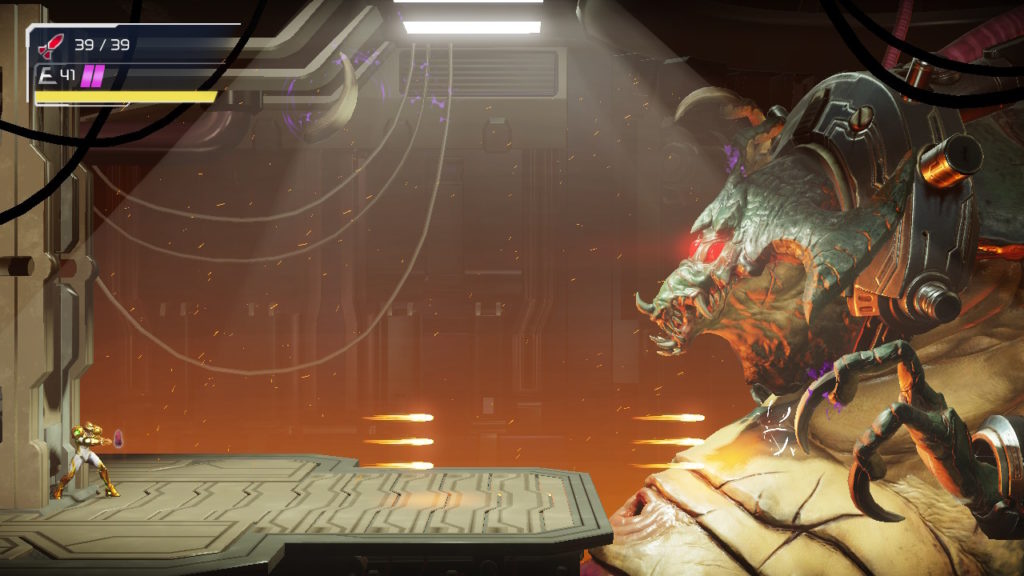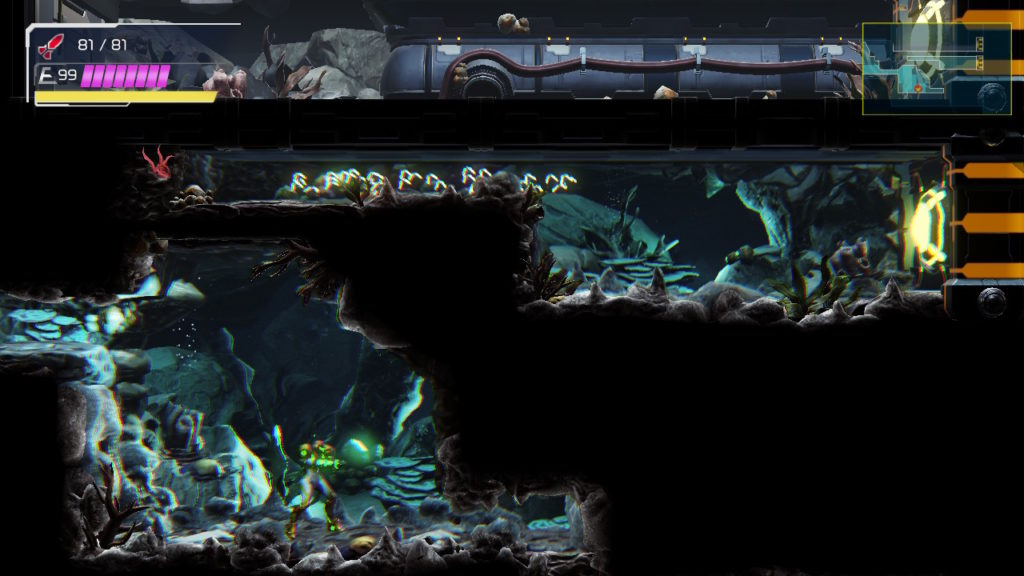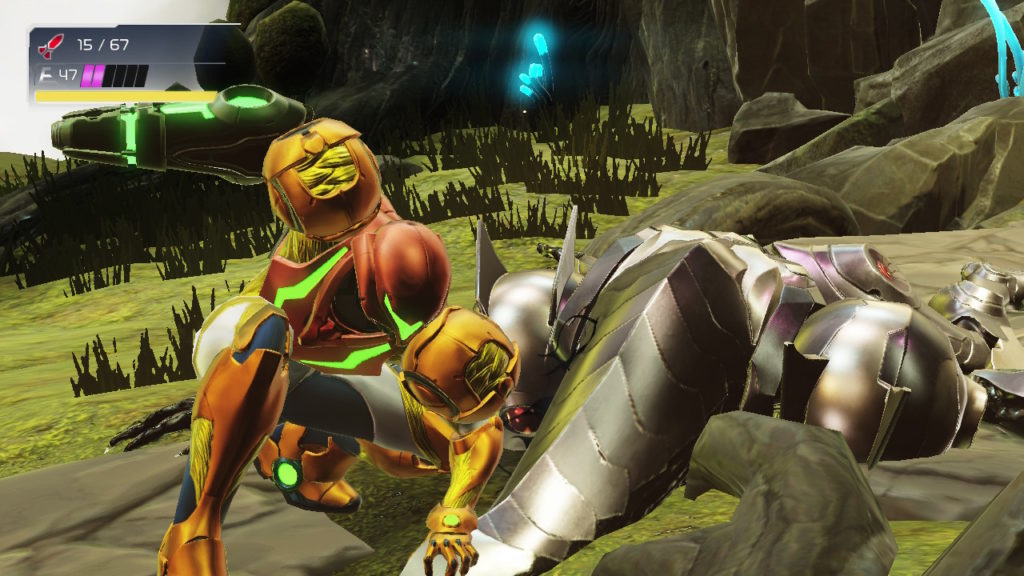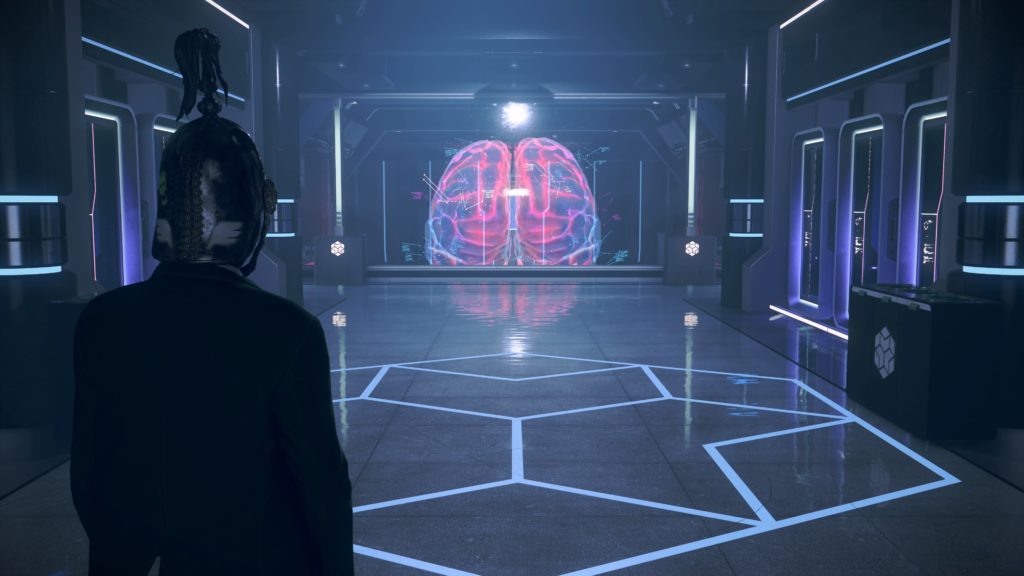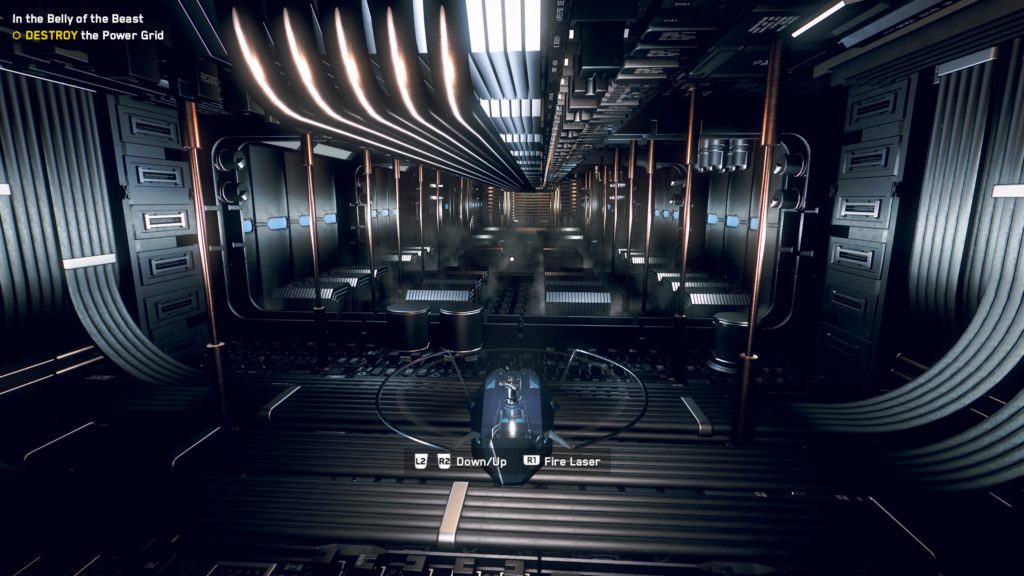- Genre: Action/Adventure
- Platform: Switch
- Also Available On: Steam
Unless something drastic happens, this is likely my last completed game of 2021, and it really wasn’t a bad one to end the year on. I’d seen this one described as a Zelda-like, which is really what caught my attention. That’s not necessarily a bad description, but it’s definitely an oversimplification. There’s a much greater emphasis on narrative moments and linearity than the 2D Zelda games, and frankly the combat is a lot different. However, it does share the DNA. While it doesn’t necessarily reach those lofty heights, it’s still a title worth checking out.
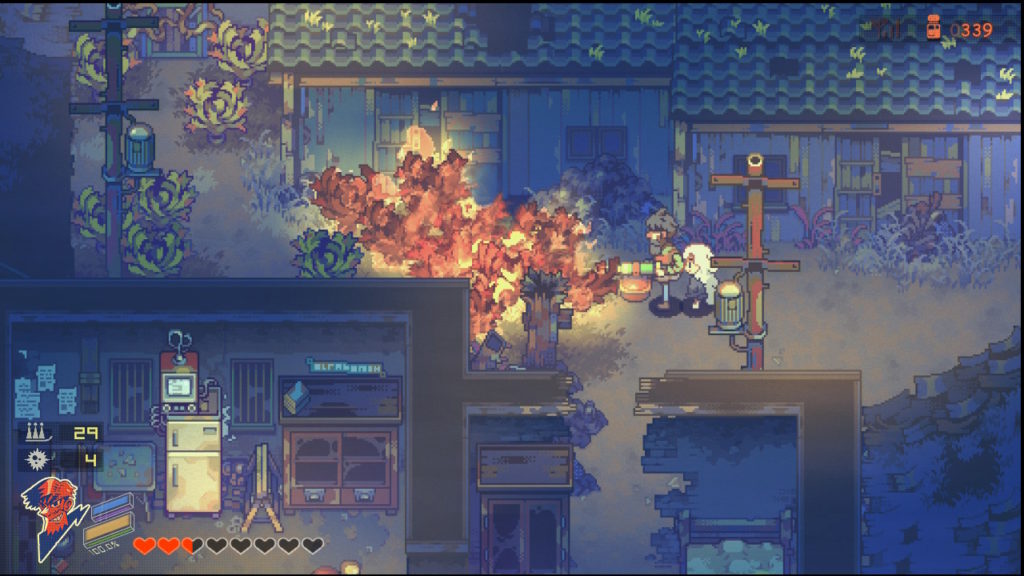
Once you get into combat in Eastward, it’s pretty obvious that this isn’t really a Zelda-like. It’s simultaneously simpler in some ways, but more complex in other ways, and that really breaks down into the interaction between the two characters. John is basically your primary attacker – he’s got a pan for melee and a handful of guns with slightly different characteristics, as well as a handful of bomb types for AoE purposes. Sam is not a damage dealer at all, apart from one specific enemy type, but importantly can shoot out a magic attack that causes time to freeze for the enemy that got hit. That ability is where she becomes special.
A lot of the core enemy combatants are frankly annoying to try to hit. They move fast or jump around a lot or do dash attacks through the player. They basically exist to be annoying and deal as much damage as possible while staying at range. The rhythm of the combat then becomes a pattern of switching to Sam, freezing enemies, then whittling them down with John. That can be freezing to hit at range with a disc gun or to hit in melee with a pan, but the end result is the same. Sam is an incredibly effective crowd controller, John is an incredibly effective damage dealer, but their abilities work in tandem to maximize effectiveness. Large count encounters can still be somewhat chaotic in a less fun way, but this is outweighed by the fact that the combat really hits its mark well during boss fights.
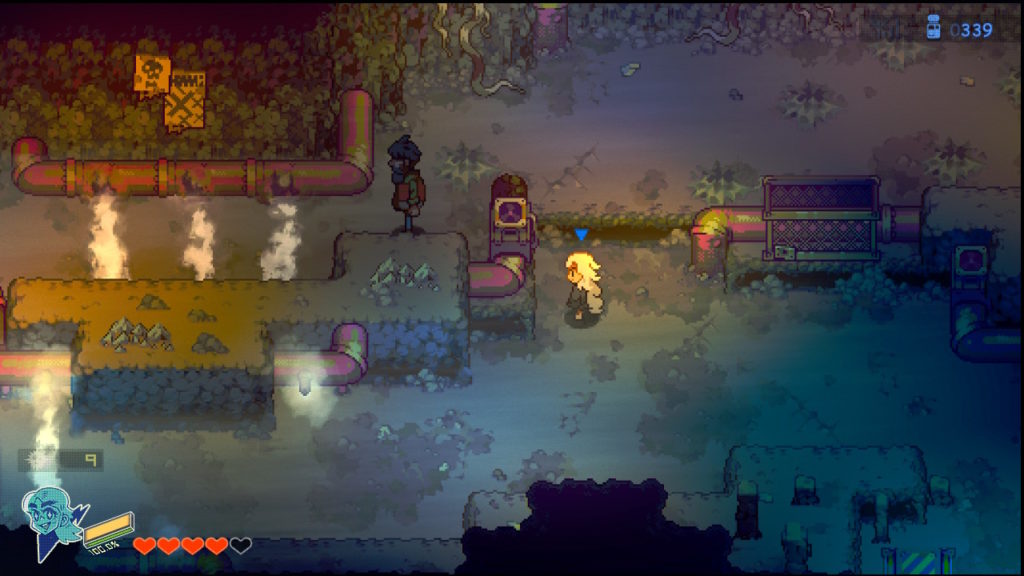
The other interesting mechanic that comes out of two PCs with different abilities is separation for puzzle solving purposes. Sam is short and can fit through tubes, as well as activate magic switches. John is strong and can pull large crates and blow up walls with bombs. Separating the two during puzzles often means chucking things across impassable barriers to help the other person move forward just a bit more until they can eventually reunite.
This is put to the test very well near the end of the game. At that point, there’s a string of puzzles that are all time limited. These were by far the most fun puzzles to complete because of the added level of stress. You’re really pushed to be accurate and fast, while also minimizing the use of resources so you can crank through a puzzle before time runs out. You may need to drop a bomb, charge an attack, and launch it across a gap to hit a switch, but if you’re not accurate it’s going to send you back to the start. You may need to separate the two characters, but if you hit switches in an inefficient manner, it may mean you’re wasting precious seconds waiting for a platform to move back through the world to you, causing you to miss out on time. It really ended up proving out the systems in a surprising way to me, largely because I typically despise time limited segments that remove my ability to plan out my actions more carefully.
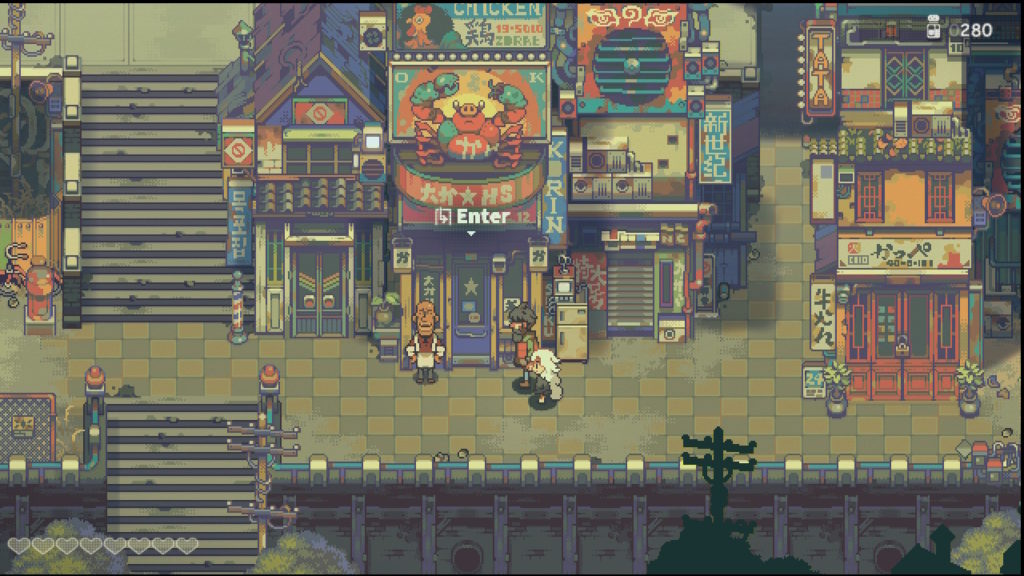
Ultimately it’s the progression that really separated this one entirely from Zelda. It’s not that it’s entirely linear, but it’s not far off. The game takes place across a number of smaller hub worlds, typically with a couple of specific types of shops (upgrades, food stuff, general goods) and you’ll spend a couple of hours in the general vicinity, but this isn’t the open world of something like Link to the Past. This becomes especially true in the last few hours where the game is totally linear. Once you leave an area, it’s also not somewhere you can return to. If you miss something, you’re not getting it later on. This wasn’t a particular issue for me as one of the first upgrades you can buy is a hidden item sensor and everything is generally near the golden path, but it’s worth noting.
It’s also worth noting that this game had some weird stability issues on Switch. Throughout my play, this crashed probably about a half dozen times in about 20 hours. Particularly annoying were crashes that happened at the end of boss fights on a few occasions. This was also combined with some odd framerate issues when the enemy count got high. Having done some work on Switch titles, I get that the hardware is limited, but this wasn’t the type of game that I would have expected these kinds of problems to crop up in.
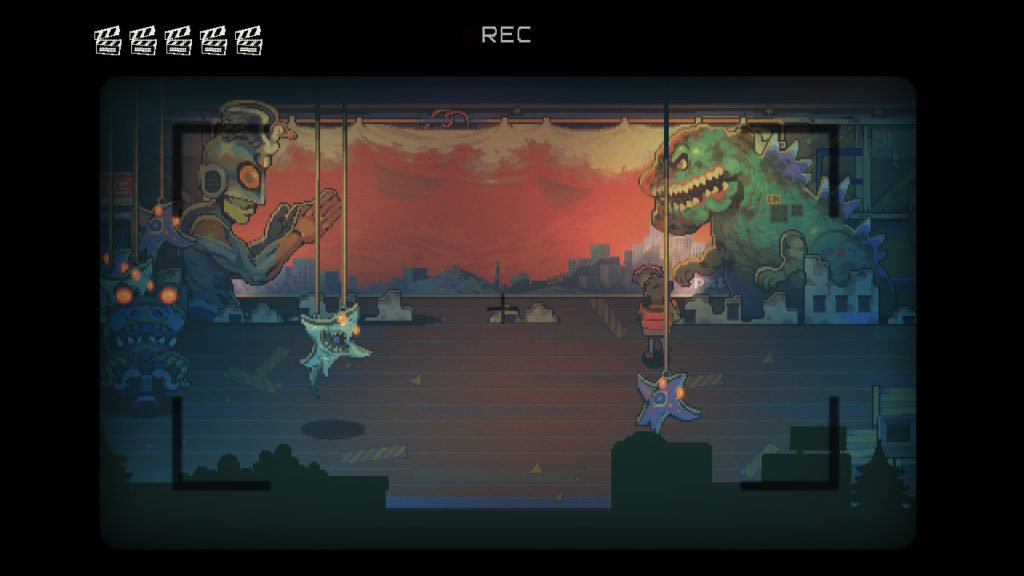
So at the end of the day, this may not be a game that will totally blow your socks off but it’s still something worth playing. It’s got a charming story backing generally fun combat and generally fun puzzle solving. It takes the general Zelda formula and changes enough about it to make this game feel unique without being unfamiliar. It makes a two-character core loop work well without feeling like a neverending escort quest. In general it just proved that it was worth the time.


